The D Day Series. "Beyond the Battlefields: Embracing the Peaceful Aura of Bayeux War Cemetery"
/Completed in 1952 and maintained by the Commonwealth War Graves Commission, this peaceful cemetery is the last resting place for 4144 named Commonwealth (the UK and former British Empire) soldiers and 338 unidentified ones. Added to this, are 500 graves of soldiers from other countries, the majority being German. These are situated on the far left side of the cemetery.
Above and below; The cemetery provides a solemn and peaceful atmosphere, with meticulously maintained rows of white headstones bearing the names of those who fell in the line of duty.
Above; Surrounded by lush greenery, the Bayeux War Cemetery serves as a somber reminder of the price paid for freedom, inviting visitors to reflect on the profound impact of war while honouring the courage and dedication of those who served. In the distance is the “Cross of Sacrifice” and in front of it is the “Stone of Remembrance”.
Above; it is fascinating to look closely at the headstones and read the information as well as look at some of the artwork. This headstone is for Private E E Willerton of the South Staffordshire Regiment.
Above; I was impressed by this World War One tank, the badge of the Royal Tank Regiment, intricately carved on the headstone of Lance Corporal R Smith.
Above; Sadly, this is a grave of an unknown soldier. Being unknown, no regimental badge has been cut into this headstone.
Above; the headstone of Private T Samietis who fought for Soviet (Russian) Forces. I have no idea what a Soviet Soldier was doing here, on the Western Front and not the Eastern Front.
Above; A headstone of a Polish soldier. Despite Poland being conquered by the Germans and the Soviet Union (Russia) in the early days of the war, many Poles managed to escape and sign up for the Allies. Some even fought for France and when France was close to surrender, escaped to Britain and then fought for Britain.
Above; the headstone of Warrant Officer A H Biltoft, a member of the Royal Australian Airforce.
Below; the headstone of Rifleman J M McLeod of the Royal Winnipeg Rifles, a Canadian soldier.
Above; the headstone of Mabrouk Ben Saad who “died for France”.
Above; the headstone of Azeour Ulla. He worked as an oiler on the SS City of Florence which was a steam cargo vessel. However, there is a mystery here which was discussed on the internet back in 2004. The SS City of Florence was a merchant cargo ship but it was not sunk in 1940. Apparently, it was part of a “convoy OS22” in 1942 ie a fleet of cargo ships protected by Royal Navy vessels that brought supplies to the UK. Records indicate it did not sink whilst part of that convoy and survived the war to be sold in 1956 and re-named Mount Olympus! So, how Azeour Ulla died is a mystery.
Above; the headstones of the crew of an RAF bomber. If you look closely, you will see five names; Flying Officer B E Bell, Pilot, Flying Officer H D Clark an Air Gunner, Sergeant J Holden, Wireless Operator, Flying Officer D MacFadyen from the Royal Australian Airforce and Sergeant J J Reid, Air Gunner.
Above; opposite the cemetery, on the other side of the road is the Bayeux Memorial which bears the names of 1808 servicemen “who died in the early stages of the war and have no known grave”. Across the memorial is the latin epitaph, “Nos a Gulielmo victi victoris patriam liberavimus” which means “We, once conquered by William, have now set free the Conqueror's native land." This refers to William the Conqueror of Normandy who won the Battle of Hastings in 1066 and conquered England.
Engraved on the wall are 189 names of passengers and 25 of the crew, on board the M V Derrycunihy, a merchant cargo ship that set off a German acoustic mine at 8 am on 24rd June near Ouistreham. On board were 600 members of the 43rd Divisional Reconnaissance Regiment crammed onto the ship waiting to disembark onto Sword beach. The ship had been waiting off shore until the weather improved and sunrise, on the 24th, heralded a fine day with a flat sea. When the Captain ordered to weigh anchor and prepare to head to the landing point, the ship’s movement set off the mine, splitting the ship in two! The stern section sank within twenty seconds, which is where most of the men who died were standing. To make things worse, an ammunition truck now exploded and went on to set alight spilled oil that had settled on the surface of the sea. It is surprising that anyone survived but 150 were injured and the remaining 261, mainly on the front end of the ship, were rescued. This was the heaviest single British loss of life off the invasion beaches.
Three other fascinating places nearby.
1. Musee Memoriale, Bataille de Normandie. Just along the road from the cemetery. Boulevard Fabian Ware, 14400 Bayeux, France. We didn’t visit this museum the last time we were in Bayeux but we have visited several times and it is a great museum.
2. La Tapisserie de Bayeux 13 Bis rue de Nesmond 14400 Bayeux. A “must visit” for anyone visiting Bayeux. A new museum is planned to be built soon and so it may be closed for a while.
Please note, this is a photo of a copy, not the real thing! Photography of the actual tapestry is forbidden.
3. Bayeux Cathedral, Rue du Bienvenu, 14400 Bayeux, France
Essential Information.
Articles that might interest you.





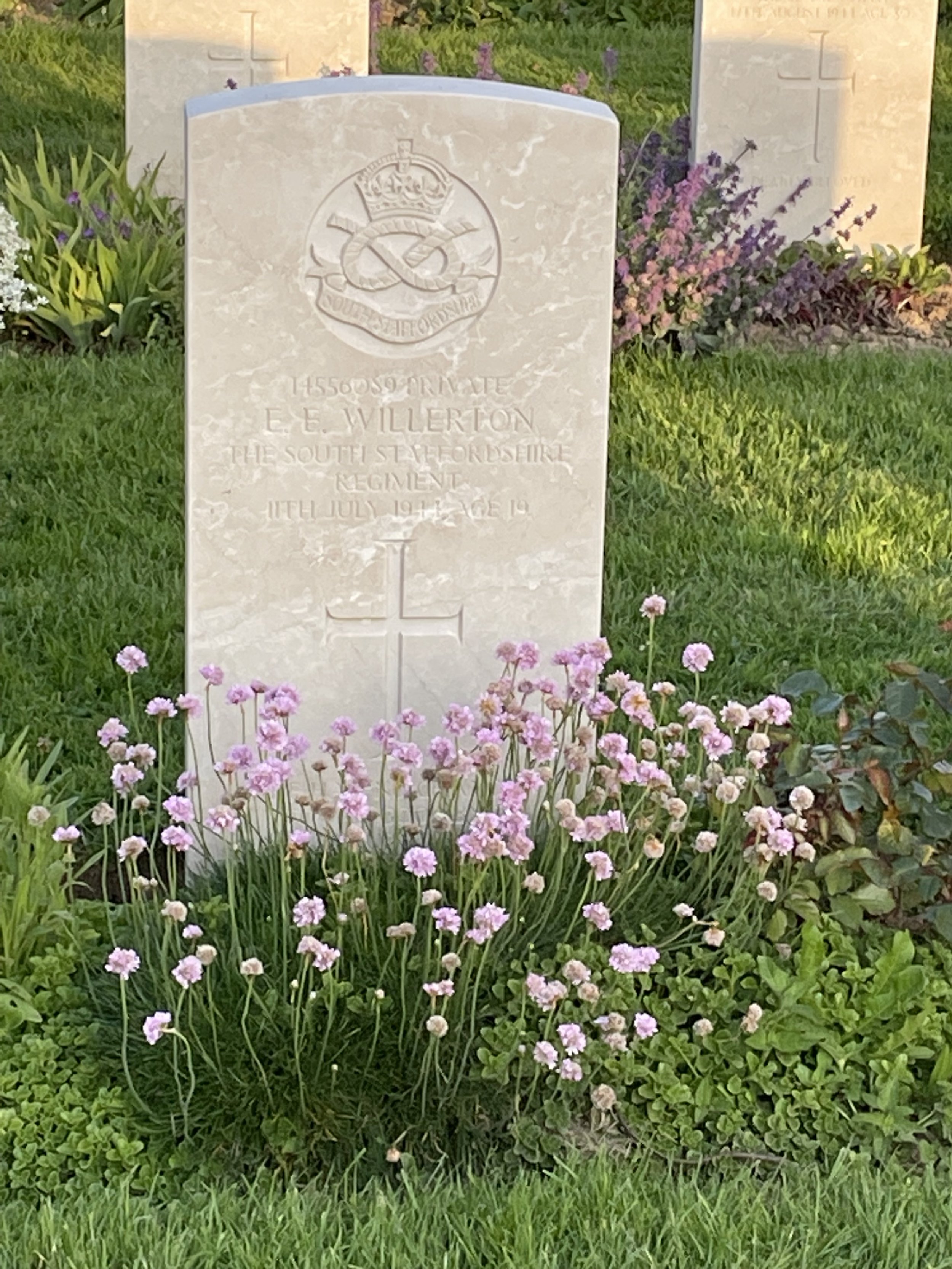
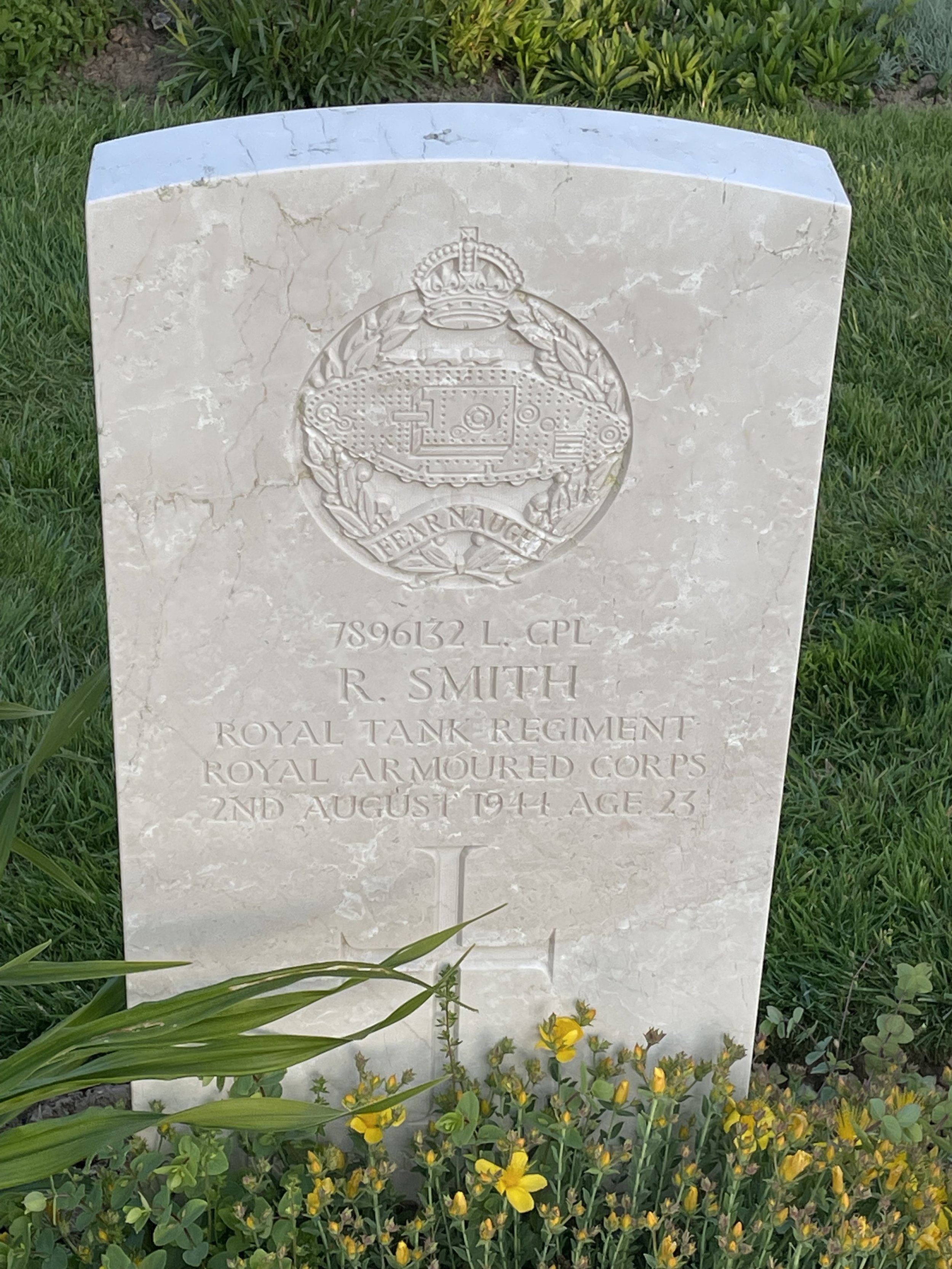
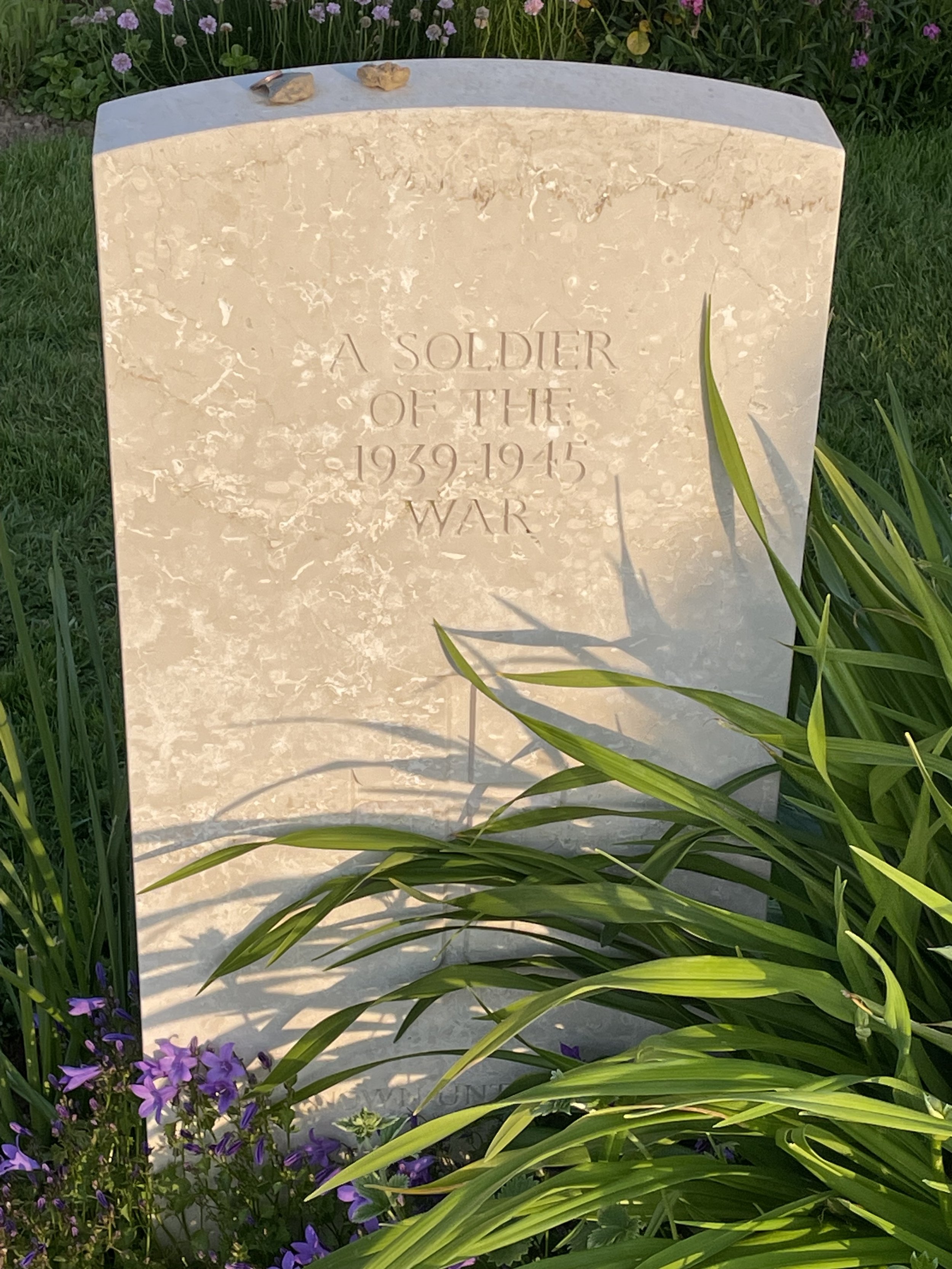

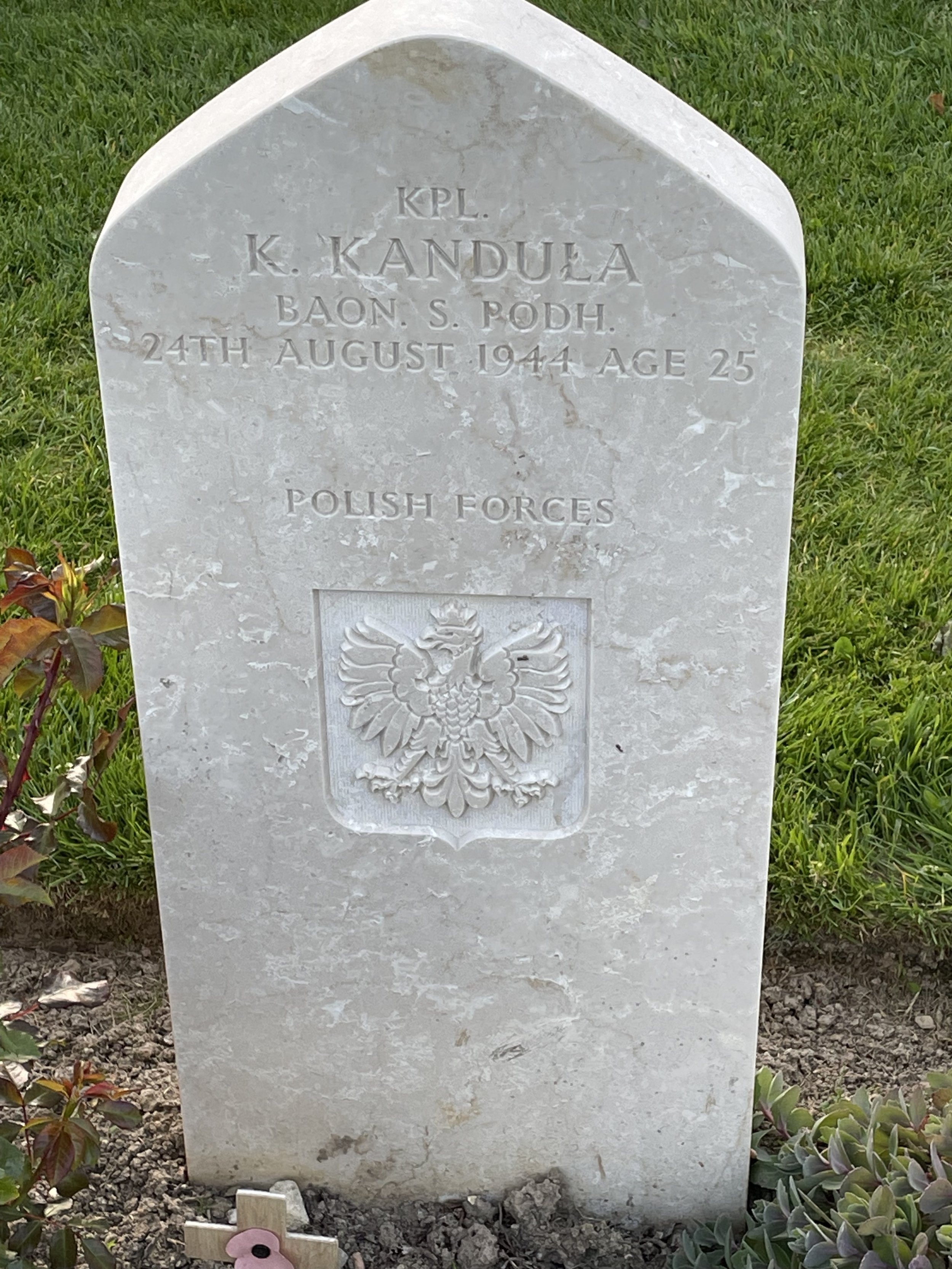

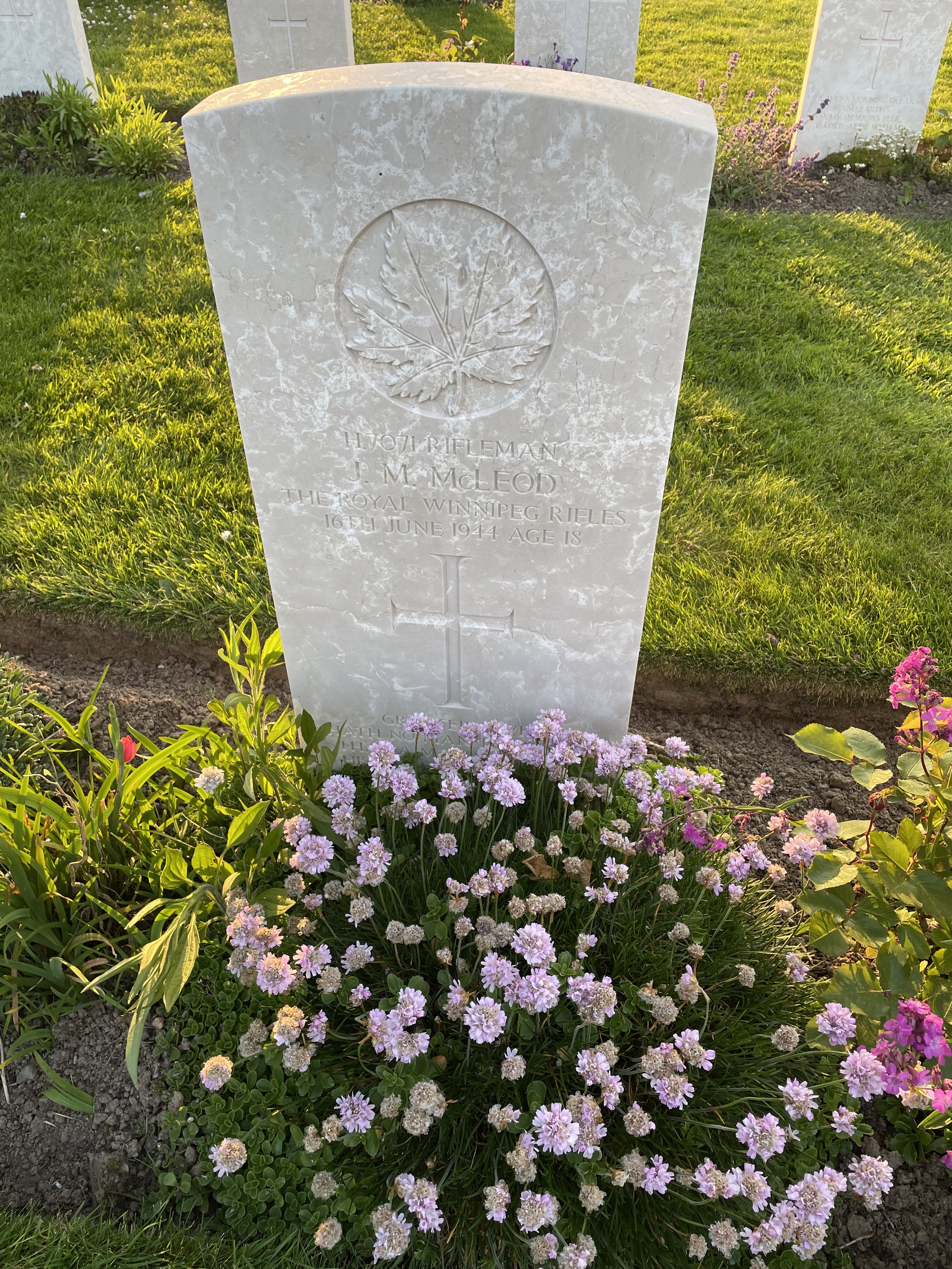
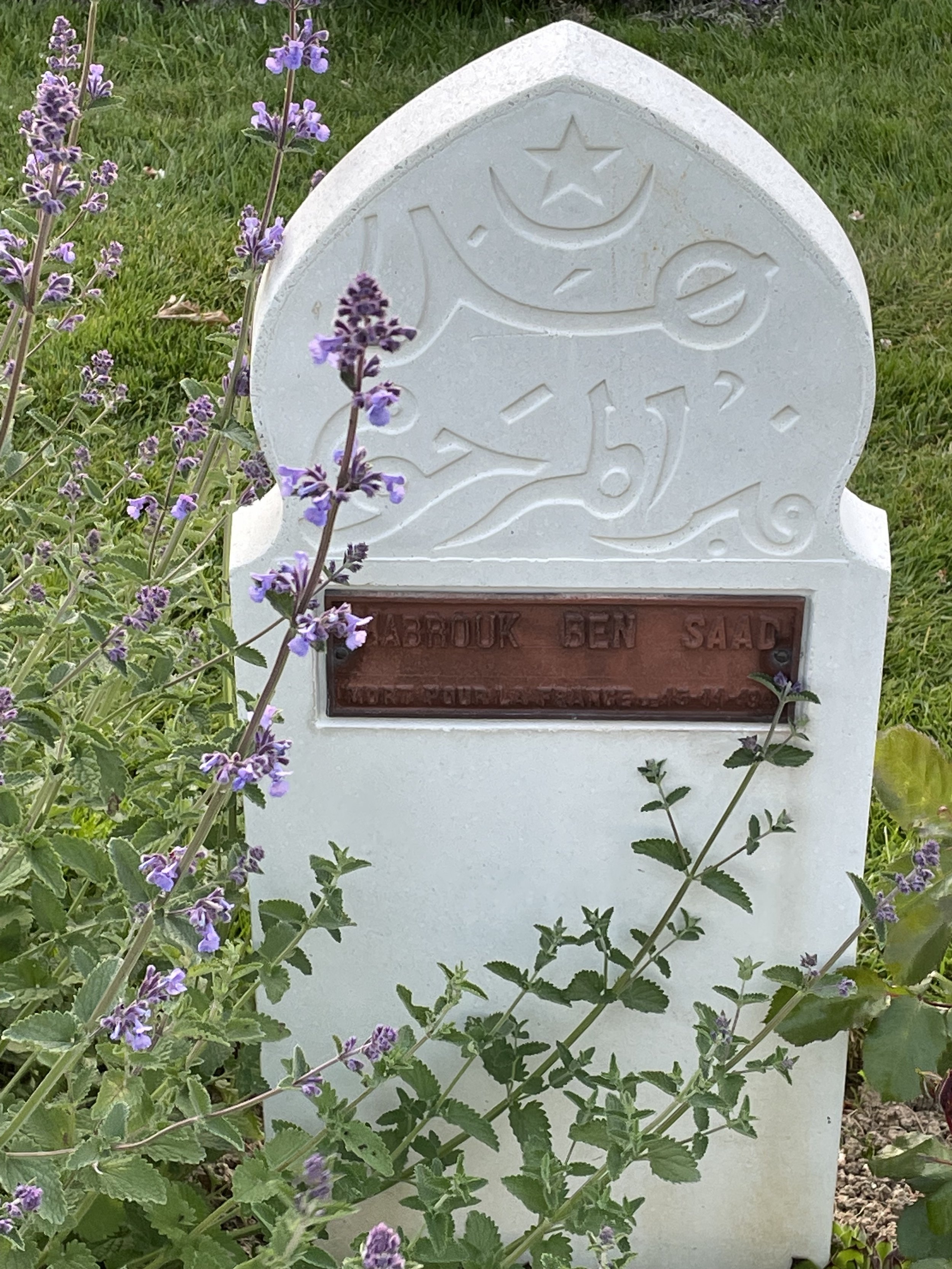


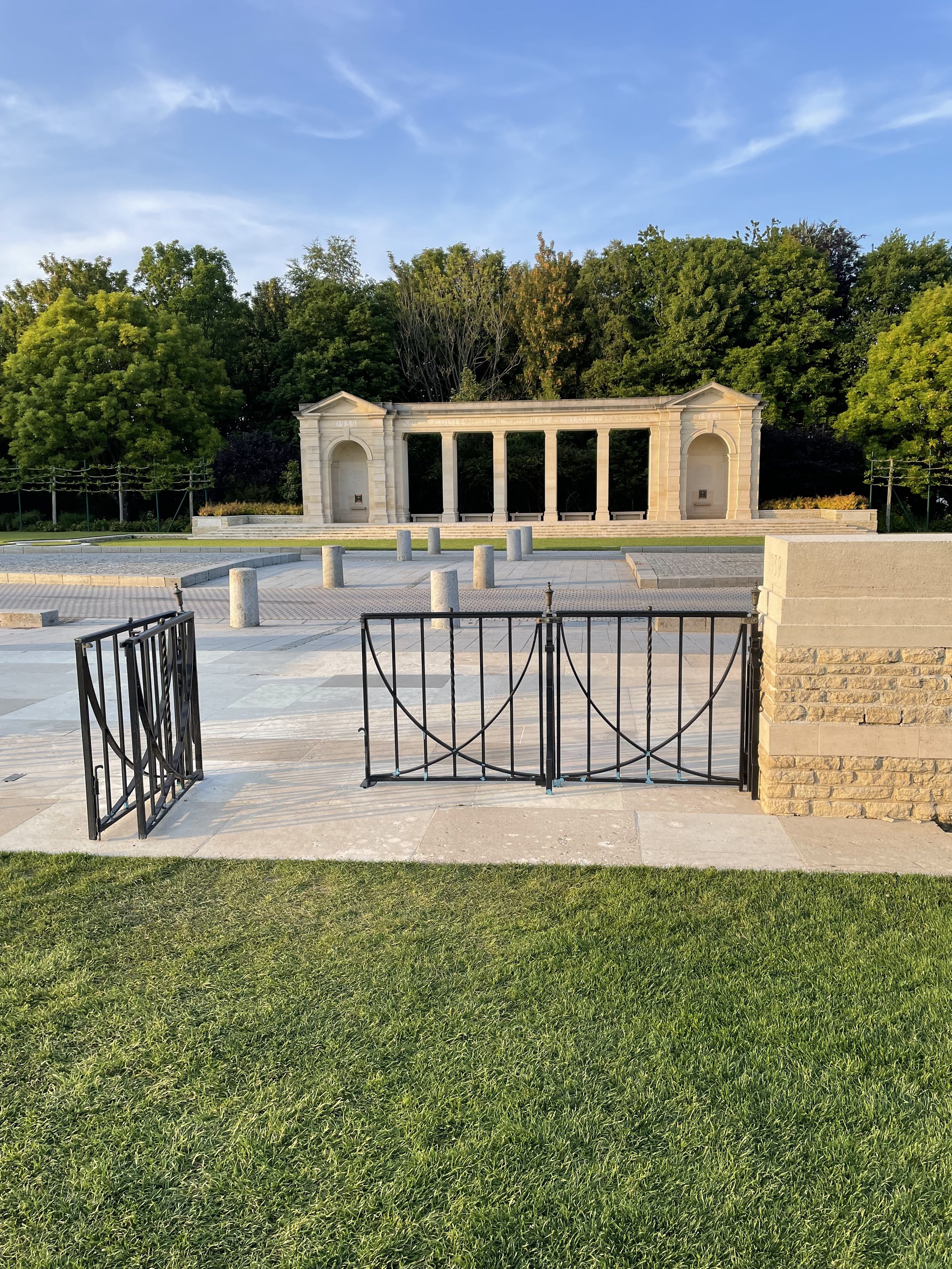













A day’s wandering around this area of Coventry will present you with hundreds of years of history to discover. You will be able to visit the ruins of the 14th and 15th century church of St Michael that became a cathedral in 1918 as well as the new one next door.. About 160 metres away or a two minute walk, is Holy Trinity church with its amazing Medieval “Doom Painting” which some people believe is the best one in Britain. One minute away, is the wonderful and free Herbert Art Gallery and Museum.